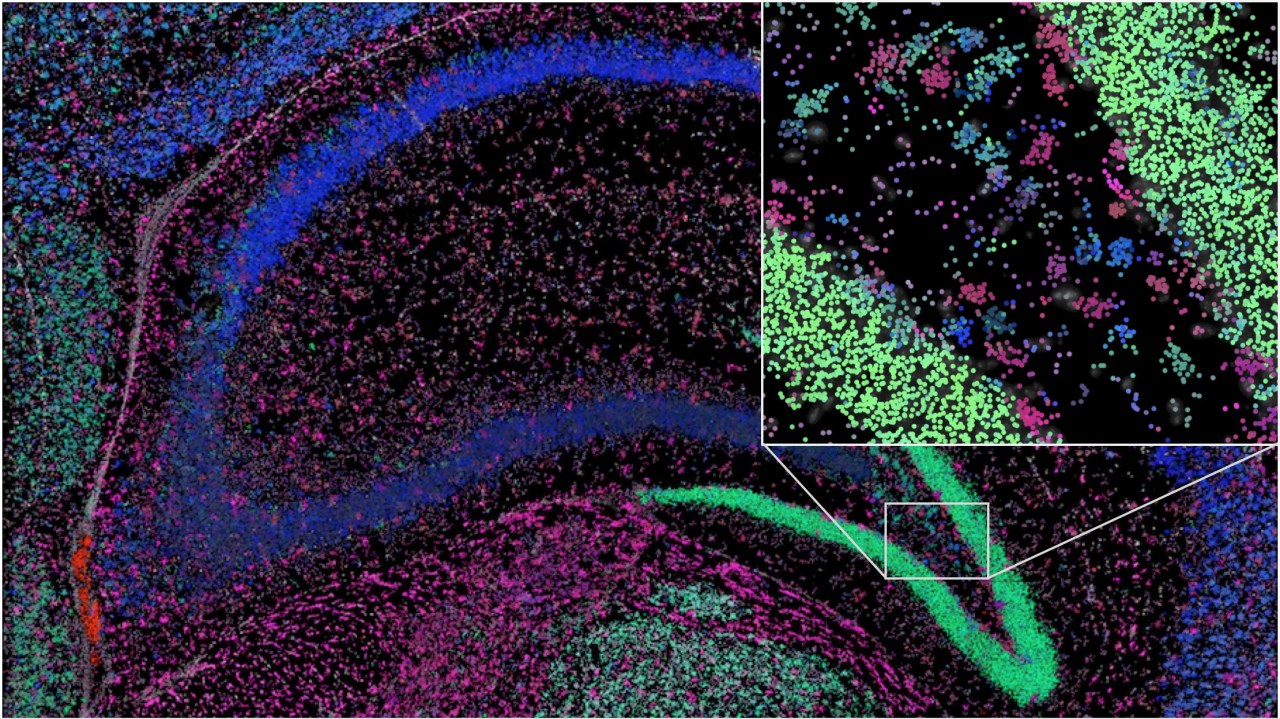The field of machine learning is in a constant state of evolution, shaping industries far and wide with unprecedented advancements. It’s particularly interesting to observe how recent research is capturing novel applications in areas as diverse as Alzheimer’s detection, environmental assessment via drones, and even improving imagery from space. As the influx of research papers continues, we must spotlight exceptional innovations that could redefine our understanding and capabilities. In this blog, we’ll delve into some of the groundbreaking discoveries that are making waves, and why they matter.
Unveiling Alzheimer’s: The Role of Machine Learning in Early Detection
Alzheimer’s disease has long posed a challenge for early diagnosis. However, researchers from IBM are harnessing the power of machine learning to identify subtle speech patterns indicative of the disease. Utilizing data from the historic Framingham Heart Study, they have achieved an impressive predictive accuracy of around 71%. This is a significant leap from conventional diagnostic tools, which are often unreliable at predicting Alzheimer’s in its early stages.
The approach, which requires merely a few minutes of ordinary speech in a clinical setting, has the potential to revolutionize screening processes for this debilitating condition. While there’s no cure, early detection can lead to better management, allowing for treatments that could delay more severe symptoms. This demonstrates not only the practical application of AI but also its promise in enhancing patient care.
Drones: Transforming Forest Management and Environmental Monitoring
Meanwhile, startups like Treeswift are adopting drone technology to revolutionize how we assess and manage forest resources. These unmanned aerial vehicles (UAVs) are equipped with sophisticated sensors that can fly through forested areas, gathering essential data much faster than traditional methods. They can measure tree density, monitor growth patterns, and detect potential threats like disease or wildfires efficiently.
- Efficiency: The combination of aerial surveillance and AI-generated insights can significantly enhance how foresters manage resources.
- Sustainability: As climate change intensifies, harnessing technology to optimize forest health is increasingly vital.
With Treeswift’s innovation, we can see how technology not only complements but enhances human expertise in a field that is critical to combating climate crises.
Redefining Image Analysis in Space
The application of machine learning extends beyond Earth, reshaping how we analyze images in space. The HyperScout 2 satellite exemplifies this trend by employing computer vision to make real-time assessments of collected imagery, identifying elements like landscapes and clouds before data transmission. This capacity can save energy and time when prioritizing data of interest.
Moreover, such advancements could lead to more accessible, real-time data for various applications, from agriculture to disaster response.
Merging Social Science with Biological Patterns
In a fascinating blend of disciplines, researchers from Uppsala University have adapted a social network analysis model to study tissue samples. By employing graph neural networks, they are able to map and classify biological patterns similar to how online interactions are studied. This approach not only showcases the inherent similarities between social structures and biological entities but also exemplifies the versatility of neural networks across different fields.
Innovative Image Processing Techniques: Library of Congress and Historic Maps
Machine learning is also finding applications in the world of archives. Institutions like the Library of Congress are utilizing AI to categorize millions of historic newspaper images. Meanwhile, a Brazilian student has explored using Generative Adversarial Networks (GANs) to enhance old maps into modern-day satellite image representations. These initiatives reflect how AI can breathe new life into historical records, making them more accessible and relevant to today’s audiences.
Conclusion
In a world where technology is evolving at lightning speed, it is paramount to harness these innovations for the betterment of society. The recent advancements in machine learning provide promising avenues not only for medical diagnostics but also for environmental management and archival endeavors. By integrating thinking across disciplines and employing advanced technologies, we can tackle some of the most pressing issues of our time.
At fxis.ai, we believe that such advancements are crucial for the future of AI, as they enable more comprehensive and effective solutions. Our team is continually exploring new methodologies to push the envelope in artificial intelligence, ensuring that our clients benefit from the latest technological innovations.
For more insights, updates, or to collaborate on AI development projects, stay connected with fxis.ai.

